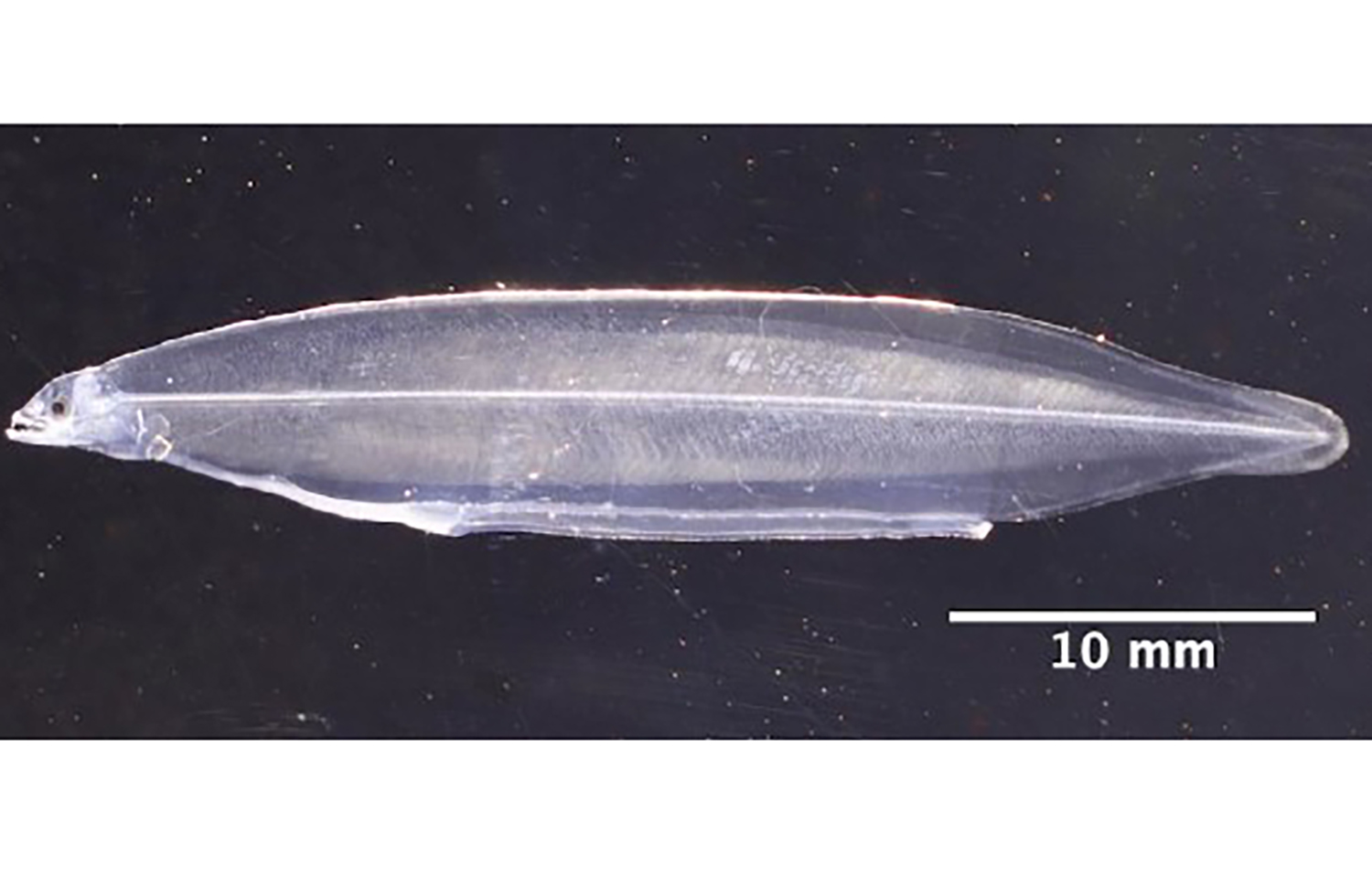The Fisheries Research Institute at Kindai University in Higashiosaka, Japan, announced it succeeded in achieving closed-cycle breeding with Japanese eels by raising parent fish from artificial seedlings.
This feat was first accomplished in 2010 by Japan’s Fisheries Research Agency (FRA), which has since been renamed as the National Fisheries Research and Education Organization, but the university’s replication of the achievement marks a major step forward in Japanese aquaculture research – especially coming from scientists at a university level.
Kindai has previously garnered acclaim for its work on closed-cycle bluefin tuna breeding and is engaged in a wide range of fish breeding and aquaculture research.
While the university’s most recent eel-breeding work used the methods developed by the FRA, it plans to conduct further research to develop original methods of completing closed-cycle eel breeding. Specifically, the researchers plan to work on improving the feed they use and aim to eventually produce glass eels for practical application in aquaculture.
The closed-cycle breeding of eels alone is a feat, but more innovation is needed in order to scale up production. As it currently stands, closed-cycle eel breeding is labor- and equipment-intensive work, requiring more innovative technology to ensure eventual profitability for a closed-cycle aquaculture operation.
“The reality is that the existing technology currently being developed, including that of our university, is not expected to mass-produce elvers at a low cost,” Kindai said.
The current process entails feeding the eels by hand five times a day, carefully removing excess feed to ensure water quality remains high, and being extremely delicate when handling eel larvae avoiding netting or direct touch.
Considering the high cost of the special feeds and labor involved in feeding, shortening the feeding and rearing period as much as possible would greatly help reduce expenses and help make closed-cycle eel breeding financially viable.
Nevertheless, closed-cycle aquaculture in and of itself marks a step toward the development of breeds that optimally perform in aquaculture operations, with the eventual goal of greatly minimizing many of the risks that arise in traditional aquaculture, such as poor biological performance.
Currently the eel aquaculture industry in Japan and abroad has to rely on wild-caught elvers for its broodstock needs. Historically operators in Japan would sorce elvers locally, but in recent years, harvests in the country have skewed lower – resulting in higher prices.
That has also caused elver fisheries in places like the U.S. state of Maine to jump in value. In Canada, the Department of Fisheries and Oceans recently canceled the 2024 elver season after rampant poaching, and prices for the small glass eels reached CAD 5,000 (USD 3,710, EUR 3,396) per kilogram in 2022.








